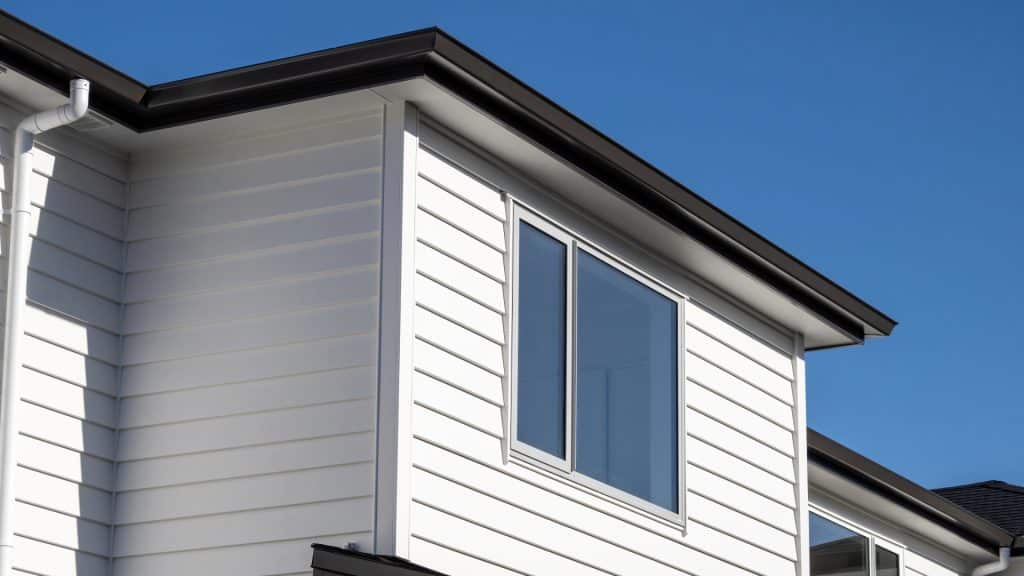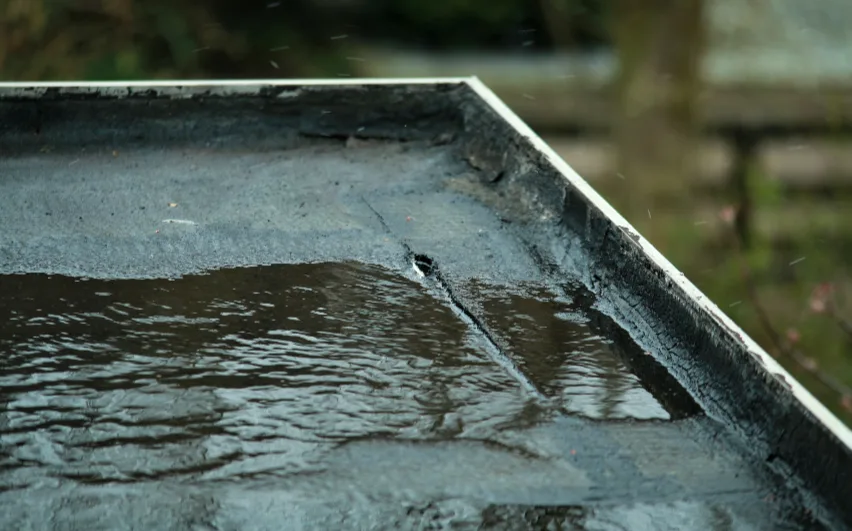building weather tightness: A crucial aspect of construction in New Zealand
The title of this particular article might seem a bit obvious “building weather tightness: A crucial aspect of construction in New Zealand”. But you would be surprised the number of times Rommel has been to site to conduct site testing for weather tightness and been disappointed by a failure of a simple window penetration detail.
Therefore, in our opinion, one of the most critical factors to consider when constructing buildings in New Zealand is ensuring weather tightness after the trades have left, and before the building is handed over to the client. This is because a weather tight building enclosure is essential for protecting the structure from the elements and preventing moisture ingress, which can lead to costly damages and health hazards. Rommel Building Enclosure Services “(Rommel”) understands the significance of building weather tightness and emphasises the importance of trade coordination on-site, particularly in areas where different trades intersect, such as the roof-to-cladding, window-to-cladding, balconies, railings, and window installations. a project manager can never be in all places at all times ensuring various trades co-ordinate appropriately and that all critical weather tight junctions are actually weather tight.
Therefore, coordination, respect and trust between various trades is crucial for maintaining the integrity of the building enclosure. Each trade plays a vital role in ensuring all components are correctly installed and integrated, leaving no room for potential water entry points. Let’s delve into the importance of trade coordination in areas where weather tightness can be compromised.

1. Roof to Cladding:
The junction between the roof and cladding is a critical area where water intrusion can occur if not adequately addressed. Trades involved in roofing and cladding need to collaborate closely to ensure the correct installation of flashings, membranes, and sealants. Rommel Building Enclosure Services recommends that your project manager prioritise this coordination to prevent water penetration at this vulnerable point.
2. Window to Cladding:
Windows are an integral part of any building, but they can also be a common source of water ingress if not correctly installed and sealed. Coordinating between window installers and cladding contractors ensures the correct integration of flashings, weather-tight membranes, and sealants around window openings. The on-site quality assurance tests conducted by Rommel Building Enclosure Services pay close attention to this detail. Unfortunately (but perhaps fortunately), these tests can highlight issues at the weather-tight junction of the window-to-cladding interface.
3. Balconies, Balustrades and other penetrations:
Balconies and railings are susceptible areas for water penetration if not adequately constructed. Coordinating between the trades in building these features is crucial to ensure proper waterproofing, flashing installation, and integration with the building envelope. Once again, the tests conducted on-site by Rommel can highlight the importance of trade collaboration to prevent water damage and maintain weather tightness in these areas.
4. Window Installation:
Proper window installation is essential for maintaining weather tightness and preventing moisture intrusion. The coordination between window suppliers, installers, and other trades involved in the installation process is crucial to ensure correct flashing, sealing, and integration with the building envelope. Windows are usually the last trade on site to close in the building envelope, allowing the interior to be started. All time delays up to the point of window installation can push the window installers from a time pressure perspective. Therefore, the coordination of trades at this junction is another critical overlap of trades that can ensure a secure and weather-tight window installation.
Building weather tightness is important in New Zealand’s construction industry. Rommel Building Enclosure Services recommends your project manager consider the significance of trade coordination to achieve a weather-tight envelope. Collaboration between trades in areas where weather tightness can be compromised, such as the roof-to-cladding, window-to-cladding, balconies, railings, and window installations, is crucial for preventing water ingress and maintaining a robust building enclosure. By prioritising trade coordination, Rommel believes your project will achieve the longevity, durability, and weather tightness required of buildings today; in adding in the backup of on-site quality assurance testing, you will be providing peace of mind to clients and contributing to a safe and sustainable built environment in New Zealand.
Why are penetrations so important?
Any penetrations through the building envelope play a critical role in ensuring the weather-tightness of buildings. These junctions, which mark transitions between a structure’s roof, walls or facades (cladding), must be meticulously designed, constructed, and maintained to prevent water ingress. If these junctions are not prepared adequately onsite, they can lead to various structural and health-related issues. Below are key factors underlining the importance of proper attention to these junctions:
1. Preventing Water Ingress
The primary reason these junctions are crucial is their role in preventing water from entering the building envelope. Water ingress can cause significant damage including rot, mould, and structural deterioration. Properly sealed and protected roof to cladding junctions ensure that water is appropriately directed away from the building, maintaining its integrity and durability.
2. Energy Efficiency
Weather tight junctions also contribute to a building’s energy efficiency. Gaps or flaws in these junctions can lead to air infiltration, compromising the building’s thermal envelope. This can result in higher energy consumption for heating or cooling, leading to increased costs and environmental impact.
3. Structural Integrity
Water that penetrates the building envelope can weaken structural elements, leading to potential failure over time. The integrity of roof to cladding junctions is essential to maintain the overall strength and safety of the building.
4. Aesthetic Preservation
Water ingress can cause staining, paint failure, and other aesthetic issues on both the interior and exterior of buildings. Maintaining weathertight junctions helps preserve the building’s appearance and, by extension, its value.
5. Health Considerations
Moisture trapped in buildings can lead to mould and mildew growth, which have been associated with health problems such as asthma and allergies. Ensuring roof to cladding junctions are weathertight mitigates these risks, contributing to healthier indoor environments.
Design Considerations: Best Practices for Weathertight Junctions
The design should include details that promote water shedding away from the building, such as appropriate flashing, overhangs, and drip edges.
1. Material Selection:
Use of durable, watertight materials that are compatible with both the roofing and cladding systems helps ensure longevity and performance.
2. Quality Installation:
Skilled installation is crucial. Even the best materials can fail if not installed correctly.
3. Regular Inspections and Maintenance:
Regular checks can identify potential issues before they become serious, ensuring that the junctions remain in good condition over the life of the building.
Overall, the importance of penetrating junctions for weather tightness cannot be overstated. These critical elements require thoughtful design, quality materials, skilled installation, and ongoing maintenance to protect the building and its occupants from the many risks associated with water ingress.
While we can’t co-ordinate your trades for you, we can ensure the finished work is weather tight. Our services include:
Integriscan Electronic leak detection for waterproofing membranes – click here
WGANZ / AAMA water penetration testing services – click here
Thermography and aerial thermography for non-invasive diagnostics – click here

